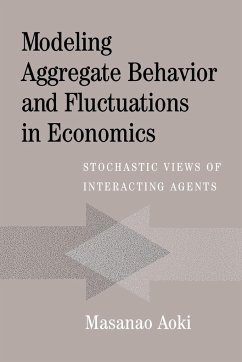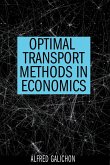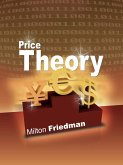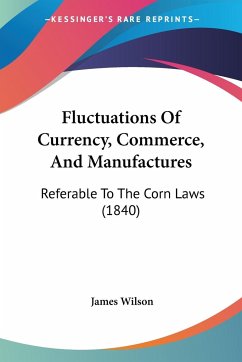Short description/annotation
This book analyzes how a large but finite number of agents interact and what statistical consequences follow.
Main description
This book has two components: stochastic dynamics and stochastic random combinatorial analysis. The first discusses evolving patterns of interactions of a large but finite number of agents of several types. Changes of agent types or their choices or decisions over time are formulated as jump Markov processes with suitably specified transition rates: optimizations by agents make these rates generally endogenous. Probabilistic equilibrium selection rules are also discussed, together with the distributions of relative sizes of the bases of attraction. As the number of agents approaches infinity, we recover deterministic macroeconomic relations of more conventional economic models. The second component analyzes how agents form clusters of various sizes. This has applications for discussing sizes or shares of markets by various agents which involve some combinatorial analysis patterned after the population genetics literature. These are shown to be relevant to distributions of returns to assets, volatility of returns, and power laws.
Table of contents:
1. Overview; 2. Setting up dynamic models; 3. The master equation; 4. Introductory simple and simplified models; 5. Aggregate dynamics and fluctuations of simple models; 6. Evaluation of alternatives; 7. Solving non-stationary master equations; 8. Growth and business cycle models; 9. Example: a new look at the diamond search model; 10. Interaction patterns of agents and distributions of cluster sizes; 11. Example: share markets with two dominant types of participants in a market.
This book analyzes how a large but finite number of agents interact and what statistical consequences follow.
Main description
This book has two components: stochastic dynamics and stochastic random combinatorial analysis. The first discusses evolving patterns of interactions of a large but finite number of agents of several types. Changes of agent types or their choices or decisions over time are formulated as jump Markov processes with suitably specified transition rates: optimizations by agents make these rates generally endogenous. Probabilistic equilibrium selection rules are also discussed, together with the distributions of relative sizes of the bases of attraction. As the number of agents approaches infinity, we recover deterministic macroeconomic relations of more conventional economic models. The second component analyzes how agents form clusters of various sizes. This has applications for discussing sizes or shares of markets by various agents which involve some combinatorial analysis patterned after the population genetics literature. These are shown to be relevant to distributions of returns to assets, volatility of returns, and power laws.
Table of contents:
1. Overview; 2. Setting up dynamic models; 3. The master equation; 4. Introductory simple and simplified models; 5. Aggregate dynamics and fluctuations of simple models; 6. Evaluation of alternatives; 7. Solving non-stationary master equations; 8. Growth and business cycle models; 9. Example: a new look at the diamond search model; 10. Interaction patterns of agents and distributions of cluster sizes; 11. Example: share markets with two dominant types of participants in a market.








